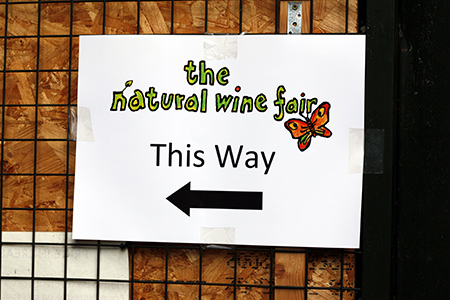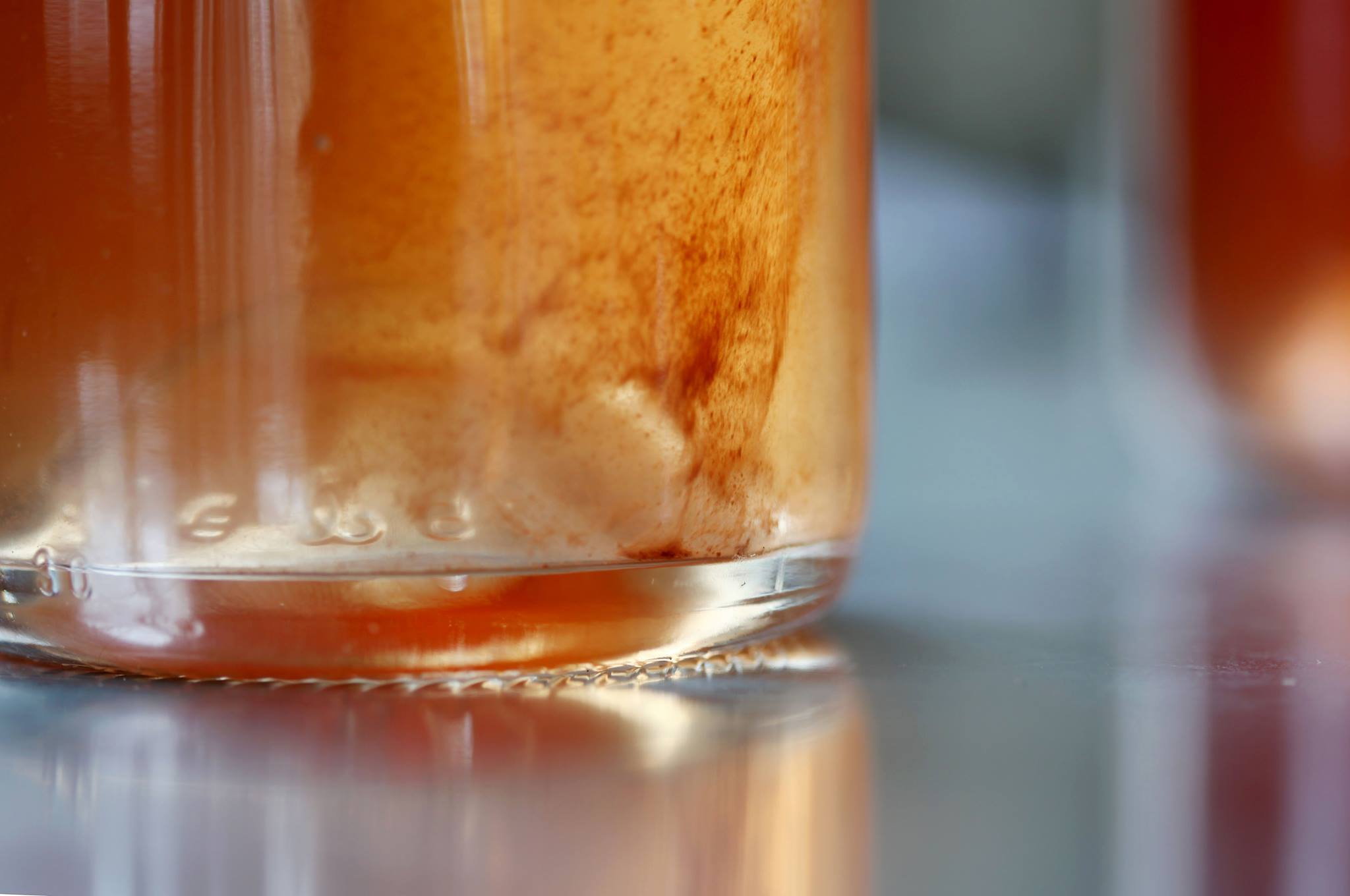Occasionally, we need to remind ourselves what we first loved about natural wines. The feeling of drinking something which was elemental and pure, made without additions or protection, wine that was simultaneously fragile (and yet could be so strong) and so full of energy and complete in itself.
The complaint: We need to move on from natural wine. Yes, but…we have to question the credentials of producers who are bringing out wines that are 1, faulty; 2. have no terroir signature; 3. And who were jumping on the bandwagon of zero sulphur.
This complaint is reminiscent of Lysander’s observation that “the course of true love did never run smooth.”
Stating that you are having second thoughts about natural wines is akin to saying that you have moved on, taste wise, but the wines haven’t. And are even getting worse.
Our tastes (and moods) change constantly. Perhaps former appreciation for the bruised apple, funky style of wine has diminished, and palates now prefer the sensation of tempered steel. Once we may have loved whole cluster carbonic wine popsicles, now we enjoy altogether more precise and vivid red wines with structure and fine tannins. The wines are still natural by our definition, but the styles of natural wine that we enjoy may be very different to those when we started our respective journeys.
More likely, we are getting annoyed with the wines, the growers and ourselves for the number of mousy wines that are slipping through, and which could be tarnishing the very reputation of natural wine. For what has become a ubiquitous wine fault, we are still looking for a clear explanation as to why it seems to be occurring more and more often. There is a lot of speculation and too many unanswered questions. The disappointment we feel translates itself into blaming the vignerons themselves for sins of omission (not pulling the emergency sulphite parachute, for example). Having witnessed the birth of natural wine, we are now expressing parental world-weariness. Orange wine? Levels out the terroir dimension of the wine. Carbonic maceration. All the wines taste the same. Oxidation? Oxidisation, more like! No sulphur? Here follows mousiness.
Natural back then was not the hill to die on for one’s beliefs; it was a description of the wines themselves, real, raw, whatever you chose to call them.
What makes a wine beautiful (its singularity) is also what makes it fragile. No two tanks, no two barrels are the same. Natural wine (even a lot of conventional wine) is mutable. Stuff happens – sometimes inexplicably.
Once upon a time, our palates were conditioned by classic or commercial standards. Wines were generally filtered then, had lots of sulphur added, and underwent a whole range of extractive and softening oenological techniques. Whether it was to hit the commercial price point, the expectation of supermarket buyers, or to appeal to hallowed wine critics, the function of wine was perceived as a consistent product to be moulded to common denominator of taste. Conventionally-made wines had a recognisable “shape.”
The new wave of natural wines began to manifest in the mid-late 1990s, although my first encounter with this genre was in the early 2000s. I initially found the wines shocking – in the best sense – and liberating. They seemed to possess qualities that hitherto I had not encountered in wine: intensity, rawness, moodiness (as in changing constantly in the glass). These lines from Gerard Manley Hopkins capture the essential contradictions in these wines.
And all things counter, original, spare, strange;
Whatever is fickle, freckled (who knows how?)
With swift, slow; sweet, sour; adazzle, dim…
Natural back then was not the hill to die on for one’s beliefs; it was a description of the wines themselves, real, raw, whatever you chose to call them. If you were prepared to give their quirk, strangeness and charm a chance, then natural wines might certainly reconfigure your taste buds!
Fast forward five years. Producers around the world are now dipping their toes into various kinds of low-intervention winemaking. Natural wine has, in certain milieus, become a form of fashion statement. Demand soars for the wines, in particular amongst the latest generation of wine drinkers who have not been schooled in the old certainties. Winemakers are looking to connect with this generation by making easy-drinking gluggable wines – wines for the table, so to speak. Glouglou & vin de soif become part of our wine vocabulary. The wines, sure, are fun and refreshing, but there is also something missing in them. Despite the emphasis on purity and zero additions, many lack skeletal structure. They are fruit bombs, beginning to taste very similar and with a tendency to fall apart. Singularity has been sacrificed to achieve easy drinkability. Some wines are even made with fruit sourced from conventionally farmed vineyards.
Natural wine will always be a broader category than we think simply because wine is naturally the product of dozens of human choices (as well as unique weather and climatic conditions). Some may maintain that one can make wine that is technically natural (i.e. without additions), but if it is also – for one reason or another – lacking in terroir, or soul, of whatever we choose to call it, then the wine doesn’t merit the description “natural*. Others will micro-analyse every detail of winemaking to create a charter that they believe absolutely enshrines best practice. This may be true – or it may be a numbers game. Others will equate low-intervention winemaking with faulty winemaking and see only the beast of low-intervention and never the beauty of the wines themselves. In the end, you have to look at every wine on its merits and accept a certain amount of creative ambiguity in your definitions.
Producers around the world are now dipping their toes into various kinds of low-intervention winemaking. Natural wine has, in certain milieus, become a form of fashion statement. Demand soars for the wines, in particular amongst the latest generation of wine drinkers who have not been schooled in the old certainties.
Natural wine was once the inevitable cultural reaction against chemical winemaking that produced homogenous-tasting wines. (The same goes for real ale, natural cider etc). So, when we have come so far, why do some people (natural wine aficionados) now want to row back on their original enthusiasm? We are surely living in the golden age of choice with an incredible diversity of excellent wines to drink. Perhaps, we are spoiled; we are so annoyed by disappointing examples of naturally made wine that we actually forget how good many of them are.
The natural wine world is not the garden of Eden. It is populated by the usual assortment of individuals, companies and special interest groups. Nor is it a world where each individual maintains fixed positions on every aspect of wine in perpetuity. We constantly change our views about growers, about wines, even our definition of natural winemaking.
Occasionally, we need to remind ourselves what we first loved about natural wines. The feeling of drinking something which was elemental and pure, made without additions or protection, wine that was simultaneously fragile (and yet could be so strong) and so full of energy and complete in itself. So, as you are pouring that mousy wine down the sink, don’t berate all natural vignerons and their wines, but suck up the temporary disappointment and open a bottle of something beautiful and restorative.




My wife is being told time after time that veganism is no longer in fashion, which says rather a lot about the people who wish her to change her beliefs. She will remain vegan, just as I will “prefer” natural wines.
Yes, unbelievable but some people really are leaving natural wine, specifically some in the trade who I thought were believers.
I’m not sure it is mousy wines, faulty wines, boredom etc. In part it is prices. If you are buying your wine at retail price (without a trade discount) then recent price rises have hurt (cf my own latest blog post). Wines which cost me £25/30 just a few years ago are now retailing for £50+. There are at least a dozen reasons, none of them the fault of UK importers and retailers.
There are still lots of natural wines costing £20-25 of course. Some are very good, but let’s be honest, many don’t come close to the wines we bought for that price three-to-five years ago (except natural wines from places like Portugal and Czechia which seem to have remained affordable).
People whose discretionary spend hasn’t increased by 40-50% over the past half-decade have to suck it up, but you can imagine the temptation to try things that are perhaps not quite so low intervention might arise. I have strayed from the path a few times this year already. It’s not pleasant, I can tell you, but times are hard.
All very good points, David. Although, I will say that having gone to a Michelin * restaurant whose list was sans natural wines (or anything approaching them), the amount of money we spent not drinking anything (my, we tried) was staggering. I suspect on price we are going to see a new natty wine trend – more commercial styles being made to fit a nice price point. Either from purchased organic grapes (so negoce) or made in stainless tanks with a shorter elevage. In the end, the market will decide – there is more natty wine out there than ever and everyone is tightening their belt. So, something has to give. However, when I taste conventional wines, I realise why I switched my drinking habits many years ago. I just needed to be reminded.
Pingback: Rowing Forward: tasting natural wine vs. conventional wine – Les Caves de Pyrene